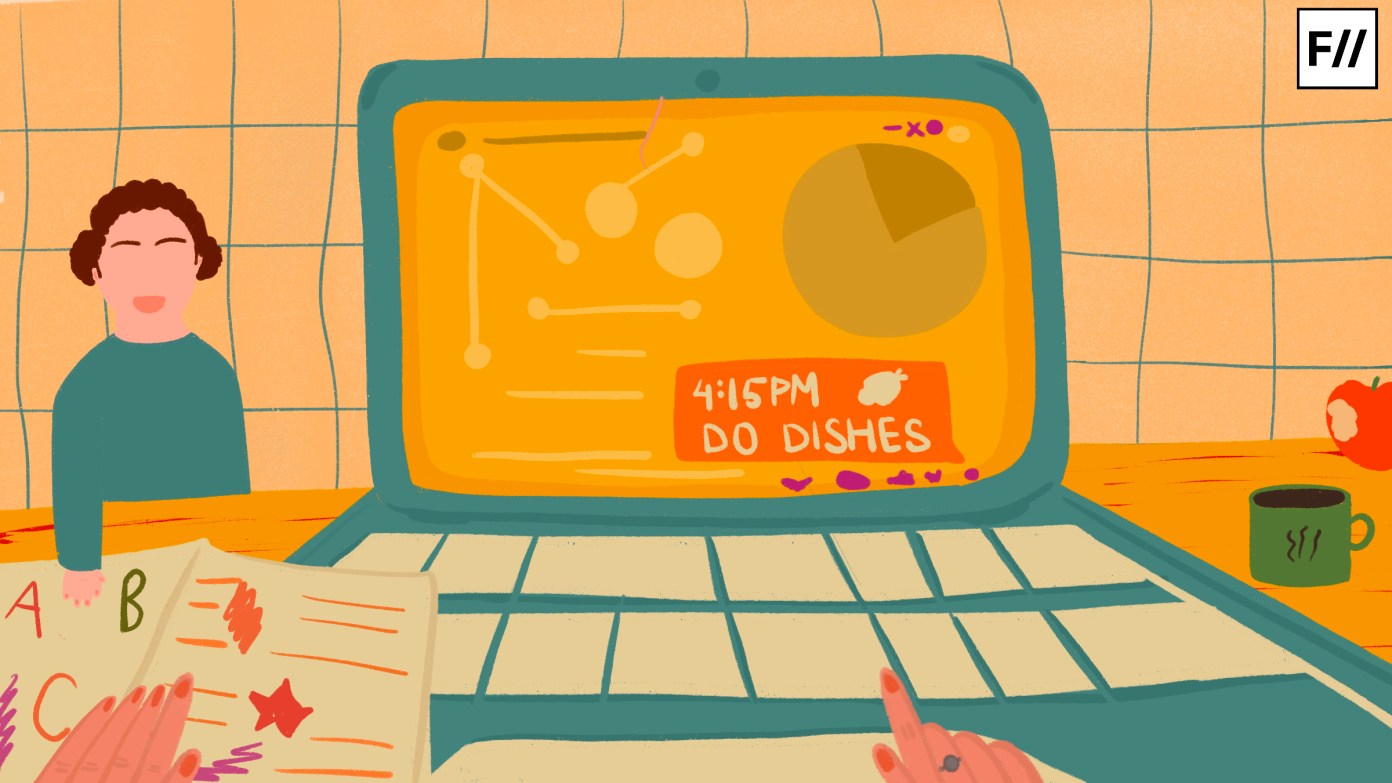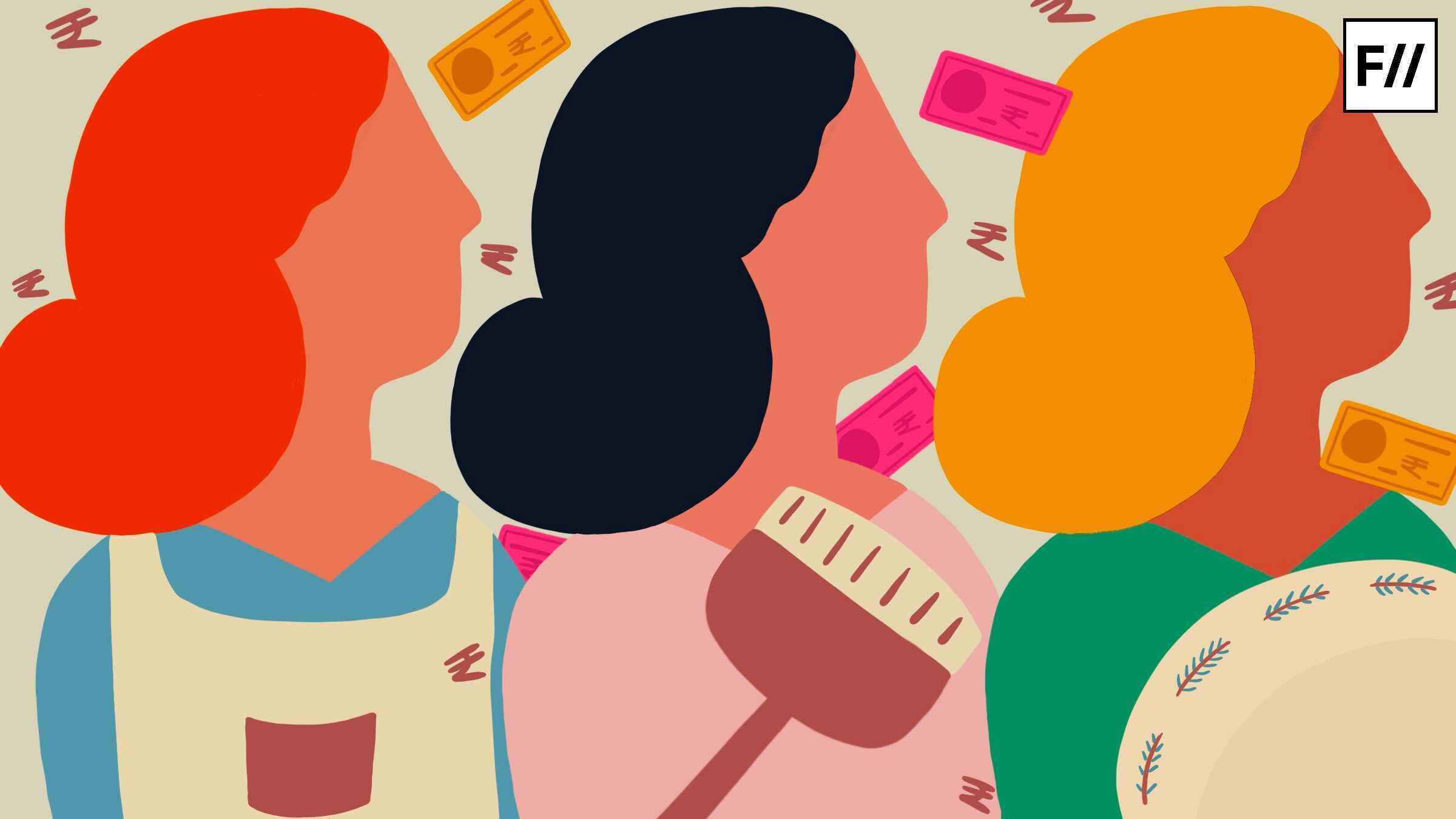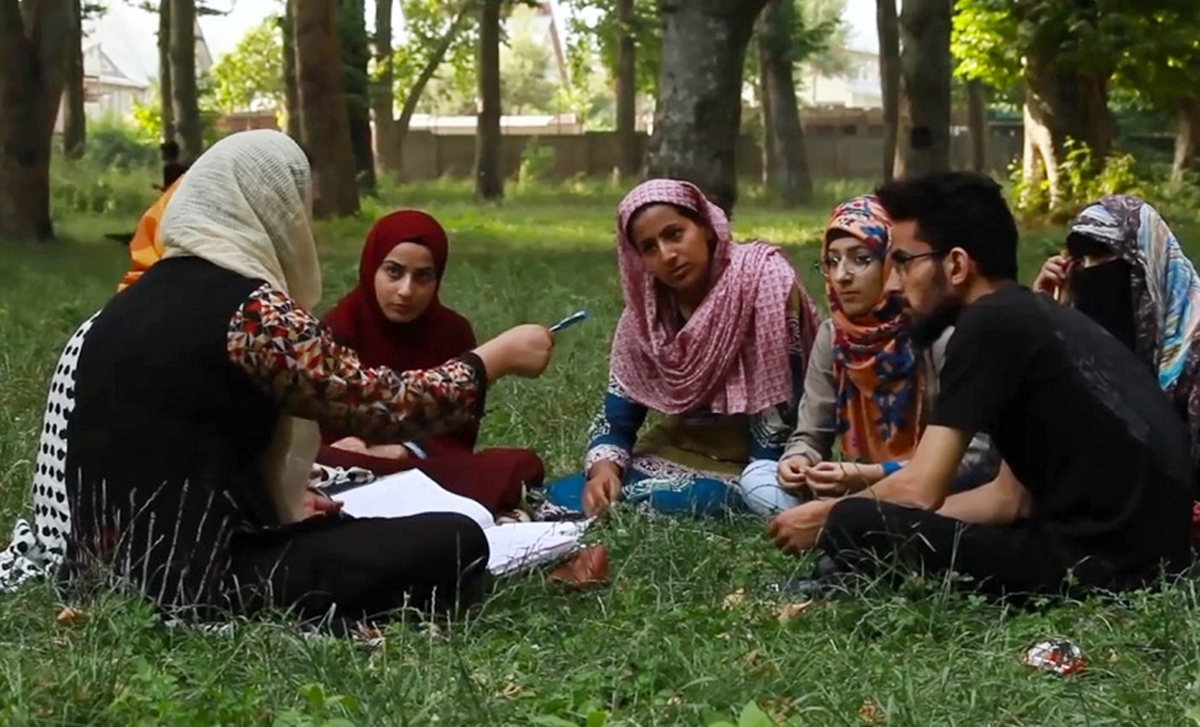Posted by Ipshita Nath Issues relating to safety and security within urban spaces and metropolitan cities are an ongoing debate,…
Login to Read!
This content is restricted to site members. If you are an existing user, please log in below. Or you can can create an account here.


